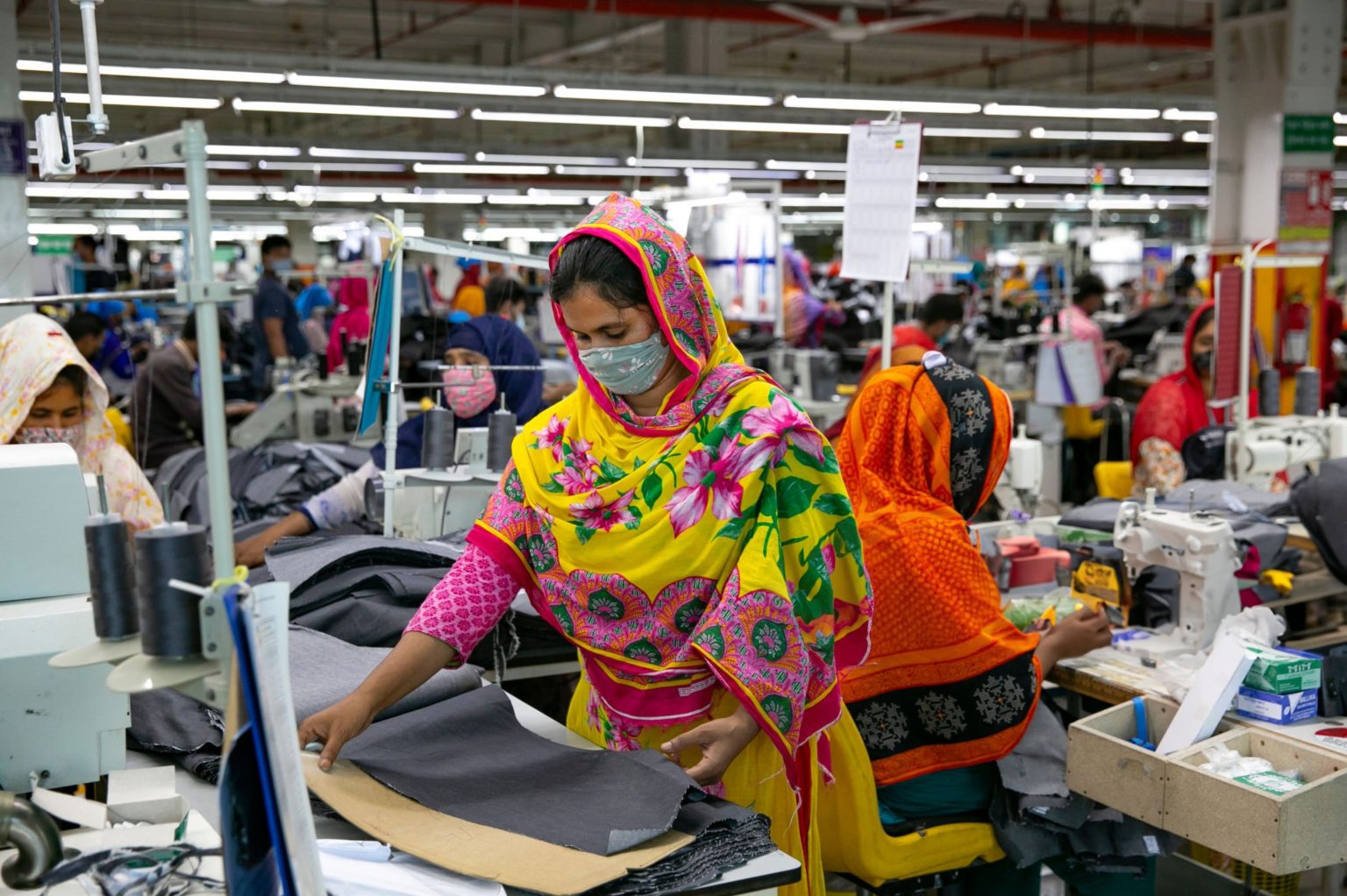Bangladesh’s readymade garment (RMG) manufacturers expect exports to the United States could reach an all-time high of $10 billion in 2025 if the current growth trend holds and the new tariff structure helps the country increase its market share.
Even the current trend pointing towards surpassing $8 billion this year would set a fresh record, industry insiders said.
According to the US Office of Textiles and Apparel (OTEXA), American apparel imports rose 6.74 per cent year-on-year to $38.16 billion in January–June 2025. Imports from Bangladesh jumped 25.12 per cent to $4.25 billion over the same period.
In May, Bangladesh exported apparel worth $547.42 million to the US, rising to $723.08 million in June—up 32.09 per cent month-on-month.
“We expect RMG exports to the US will increase to $10 billion this calendar year if the pace continues. Even $8 billion would be a record,” said Mohammad Hatem, president of the Bangladesh Knitwear Manufacturers and Exporters Association (BKMEA).
“To achieve this, uninterrupted gas and electricity supply must be ensured, along with better cooperation from banks and customs,” he added.
The US imports around $80 billion worth of apparel annually from countries including China, Bangladesh, Vietnam, India, Cambodia and Pakistan.
OTEXA data show US imports from Bangladesh surged 23.81 per cent in the first half of 2025, while Vietnam’s grew 13.82 per cent and India’s 15.92 per cent. Imports from China fell sharply by 12.78 per cent.
Following the 20 per cent new reciprocal tariff imposed on 7 August, Bangladesh has emerged in a stronger position than initially expected, with the potential to capture orders shifting away from China and India, which have been hit with new tariffs of 35 per cent and 50 per cent respectively.
“Definitely, our apparel exports to the US are set to increase to above $8 billion this year,” said former BGMEA director Mohiuddin Rubel.
However, there is a risk of demand slowdown in the US market due to a price hike after the tariff increase, he said, adding: “Bangladesh is in a position to offset the slowdown by gaining market share from competitors.”
The Trump policy aimed at boosting US raw material consumption in supplier countries should also help offset some of the cost impacts of the new tariff, as Bangladesh is increasing its imports of US cotton, exporters said.
Unlike India and Pakistan, which rely on domestic cotton, Bangladesh imports most of its cotton, and US cotton is now being preferred for a better deal.
US President Donald Trump’s executive order waived the 20 per cent tariff on the portion of the value of a product made with at least 20 per cent US-origin material.
“For instance, a $10 shirt made in Bangladesh with 20 per cent US cotton will have the tariff applied only to $8 of its value,” explained Shams Mahmud, Managing Director of Shaha Denims. “Many local exporters are already using up to 40 per cent US cotton, helping US buyers avoid some of the additional costs.”


